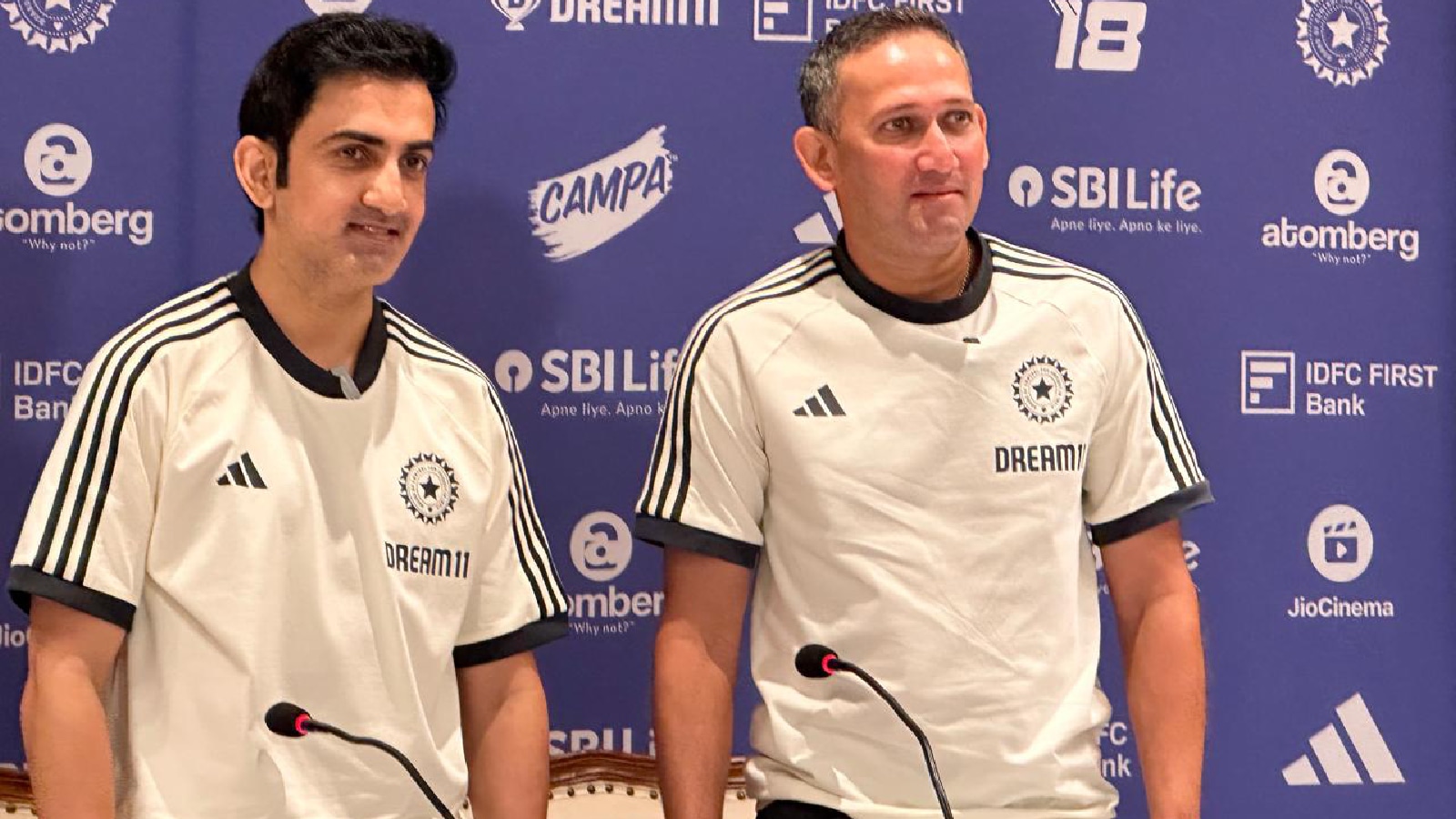Gordon Rorke obituary: bowler responsible for changing law of cricket

Gordon Rorke inadvertently exercised an influence over the game of cricket well beyond his merits as a performer. He was responsible for a change in a basic law of the game over the delivery of the ball. For years a bowler’s back foot had to be placed behind the return crease level with the stumps and yet because he leant back in his stride and dragged forward on his toe, he would effectively shorten the 22 yards of the pitch.Given Rorke was a fast bowler, one of the quickest in the late 1950s, he had a distinct advantage over the batsman. The ball would be propelled from a yard or two closer. “Gordon was almost treading on my toes,” said Colin Cowdrey, the England batsman, albeit with a little hyperbole. The upshot was a change to the laws that was known as “the Gordon Rorke rule”. A no-ball would now be signalled if the bowler had no part of his front foot, either grounded or raised, behind the front popping crease, and if his back foot was not entirely inside the return crease.Rorke was a 6ft 5in flaxen-haired Australian who played in only four Test matches, taking five wickets on his debut against England in Adelaide in 1958-59. Tom Graveney, who was dismissed by him, thought his front foot finished up 6ft in front of the popping crease. In addition to the controversy over “dragging”, there was a belief among some cricketers that he was “a chucker”. An MCC deputation during this tour raised the issue with Sir Donald Bradman, the great Australian batsman turned administrator, but to no avail.Ultimately Rorke’s brief career came to an end through an occurrence off the pitch. On Australia’s tour of India later in 1959, when the management insisted the players stuck to a rigorous menu of bland food, hunger overcame him. Pleading he was “starving” he demolished a salad (which probably had been washed in local water) and in the second Test at Kanpur was able to bowl only two overs. This was not the primary contemplation for his team-mates: they were concerned that he might not live.A blood and stool test revealed hepatitis. He had to abandon the tour, spent six months in bed, shed three stone and had to be cared for by his mother and fiancée. After he recovered and resumed playing cricket, he recognised he was two yards slower, which was anathema for a fast bowler. He was no longer prepared to train. The game offered little at the time in the way of monetary reward and he decided to move on.Gordon Frederick Rorke was born in 1938, the only son of Charles Ignatius Rorke and Muriel (née Smith). Finding regular work in the Depression was hard for Charles and affected his health. The impact of the Second World War meant the family, including Jack Ford, Gordon’s uncle who was a rugby international, decided they would be safer outside Sydney. They rented in Bundanoon in New South Wales’s Southern Highlands. After the war Gordon attended St Aloysius’ College at Kirribilli. He initially played club cricket for Mosman before being selected for New South Wales.Ian Peebles, the former England spinner turned journalist, fairly gushed at the sight of a man who was “something of a sensation to those viewing him for the first time … he swept up to the wicket like a charging elephant and delivered the ball with everything he had to put behind a rather bent-looking arm.” Richie Benaud, Australia’s captain when Rorke made his Test debut, concurred. “Neil Harvey and I were convinced that, every so often when he bent his back, he was letting one go without his arm being perfectly straight.”Rorke on his Test match debut CENTRAL PRESS/HULTON ARCHIVE/GETTY IMAGESRorke’s illness meant Benaud was spared having to deal with any controversy over his action when he led the Australians in England in 1961. Although Rorke played for New South Wales until 1964, the lingering effects of illness from India meant his international career was over. In his four Test matches he took ten wickets and in first-class cricket for New South Wales he claimed 88 wickets at an average of 24.60.He opted for a career in sales and marketing, proving sufficiently proficient to found his own company. His work took him back to India, although without trepidation. His standing as a Test cricketer, however short his career, was such that he was guest of honour one night at Hawkesbury Agricultural College in New South Wales. In the middle of his speech he was hit by a bread roll. The assailant was Sharon Maree Tart, who, far from disagreeing with what he said, intended to capture his attention. The ploy worked. He liked the look of her and they took to the dancefloor.“That was it,” reflected their son Bernie. Sharon predeceased him and he is survived by their four children: Bernie is a cattle farmer based in Bendemeer, New South Wales; Louise is a tennis coach at Abbotsleigh Girls School in Wahroonga, also in New South Wales; Hayden has his own paper importing business and Simon owns an agency dealing with packaging products. Both are based in Sydney.Whatever the controversies, Rorke knew he had been capable of dismissing the best batsmen of his day: Peter May, Willie Watson, Graveney and Cowdrey on his Test debut. Alec Bedser, a man who knew a great deal about taking the new ball, deemed Rorke to be “as fast as anything I have seen. When Gordon was bowling, the ball hitting the pad of the batsmen made more noise than any other I can remember.”Gordon Rorke, cricketer, was born on June 27, 1938. He died of infirmities after the amputation of his left leg, on July 5, 2025, aged 87














